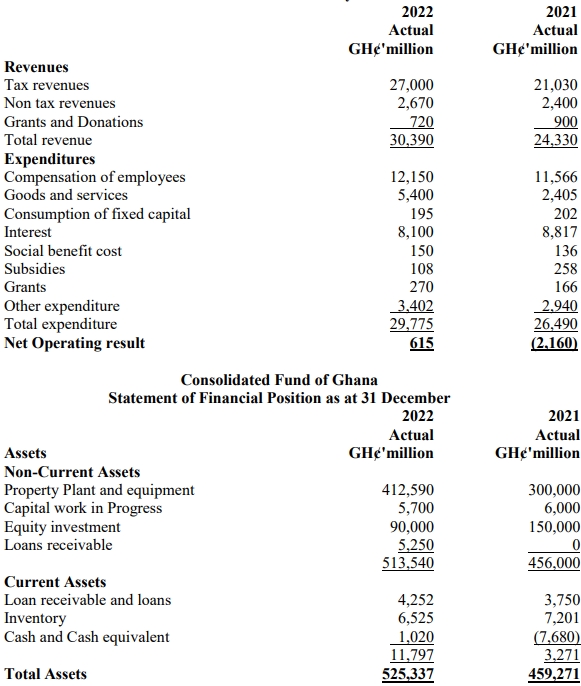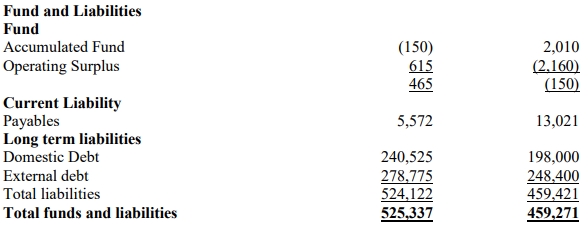- 15 Marks
PSAF – Nov 2018 – L2 – Q5 – Fiscal Policy and Public Finance
Discuss the causes of Nigeria’s public debt increase, along with the benefits and adverse effects of public debt.
Question
For some years, the level of Nigeria’s public debt has maintained an upward trend.
Required:
(a) Discuss four major causes for the increase in public debt.
(7 Marks)
(b) Explain three major benefits and two adverse effects of public debt to the country.
(8 Marks)
Find Related Questions by Tags, levels, etc.
- Tags: adverse effects, Benefits, causes of debt, Debt Management, Fiscal Policy, Public Debt
- Level: Level 2
- Topic: Fiscal Policy and Public Finance
- Series: NOV 2018
Report an error
You're reporting an error for "PSAF – Nov 2018 – L2 – Q5 – Fiscal Policy and Public Finance"
- 15 Marks
PSAF – Nov 2018 – L2 – Q5 – Fiscal Policy and Public Finance
Discuss the causes of Nigeria’s public debt increase, along with the benefits and adverse effects of public debt.
Question
For some years, the level of Nigeria’s public debt has maintained an upward trend.
Required:
(a) Discuss four major causes for the increase in public debt.
(7 Marks)
(b) Explain three major benefits and two adverse effects of public debt to the country.
(8 Marks)
Find Related Questions by Tags, levels, etc.
- Tags: adverse effects, Benefits, causes of debt, Debt Management, Fiscal Policy, Public Debt
- Level: Level 2
- Topic: Fiscal Policy and Public Finance
- Series: NOV 2018
Report an error


